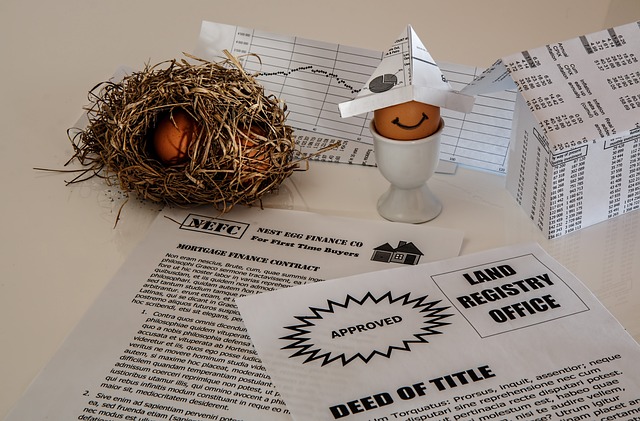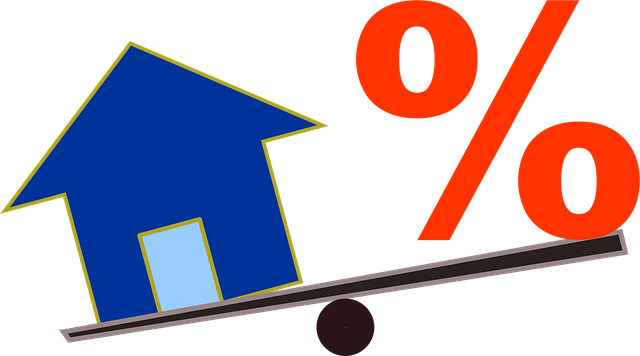Low interest rates make mortgages more affordable, stimulating demand in the real estate sector and benefiting borrowers, particularly first-time buyers. While this promotes homeownership and community growth, it carries risks such as rising property values without corresponding income growth. Homebuyers can strategically save money by reviewing budgets, negotiating costs, exploring smaller properties, and taking advantage of government incentives during low-rate periods. Understanding loan terms and interest rate dynamics is key to navigating these factors for a healthy real estate market.
In today’s competitive real estate market, understanding low interest rates is key for homebuyers. This article delves into the benefits and impact of reduced interest rates on your property journey. We’ll guide you through calculating monthly payments, offering strategies to optimize your finances, and sharing tips to maximize savings. By exploring these aspects, you can navigate the market effectively and make informed decisions in real estate.
Understanding Low Interest Rates in Real Estate: Benefits and Impact

Low interest rates play a pivotal role in shaping the real estate landscape, offering both advantages and considerations for buyers, sellers, and investors alike. When interest rates dip, it becomes more financially attractive to secure mortgages, as the cost of borrowing money decreases significantly. This trend can stimulate demand within the real estate market, encouraging more individuals and families to enter the home-buying process.
For borrowers, particularly first-time homebuyers, low interest rates mean substantial savings over the life of their loan. Lower monthly payments allow for increased financial flexibility, enabling buyers to allocate resources towards other essential expenses or even investments. This accessibility can contribute to a healthier real estate market by fostering ownership and community growth. However, it’s crucial to analyze the broader economic context; while low rates may encourage activity, they can also lead to potential risks if not managed responsibly, such as rising property values without corresponding income growth.
Calculating Monthly Payments: Strategies for Homebuyers

When it comes to purchasing a home, understanding how interest rates and loan terms impact your monthly payments is crucial in the real estate market. To calculate your monthly payment, you’ll need to consider the loan amount, interest rate, and loan duration. A lower interest rate directly translates to smaller monthly payments, saving you money over the life of the loan.
Homebuyers can employ various strategies to optimize their repayment plans. Extending the loan term can reduce monthly payments but will result in paying more interest overall. Conversely, choosing a shorter term requires larger payments but saves on interest. It’s a delicate balance that depends on individual financial capabilities and goals in the dynamic real estate market.
Tips to Maximize Savings: Lowering Monthly Costs in Real Estate

When interest rates dip, it’s a green light for real estate buyers to explore savings strategies. One of the most direct ways to maximize savings is by focusing on lowering monthly costs. Start by carefully reviewing your budget and identifying areas where you can cut back. Negotiating with service providers like internet or cable companies can often yield significant discounts. Additionally, consider switching to high-value yet cost-effective home insurance plans tailored for your specific needs.
In the real estate market, explore options for smaller or more efficient properties that align with your lifestyle and budget. Opting for a condo over a single-family home, for instance, can significantly reduce both purchase price and monthly payments. Also, keep an eye on government incentives or programs aimed at first-time homebuyers, which may offer financial relief through grants, tax breaks, or low-interest loans.






